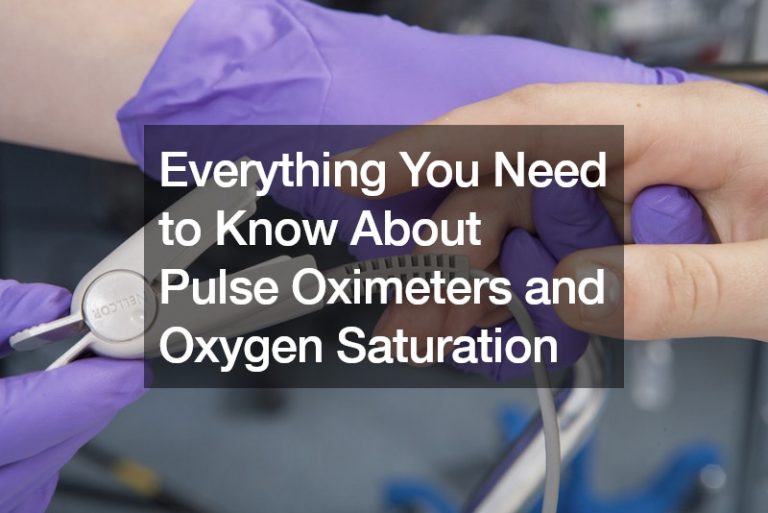Oxygen is one of, if not the most, vital substances your body needs to survive. The maxim goes that you can go three weeks without food, three days without water, but only three minutes without air. Although this is a generalization, it’s essentially an accurate timeline.
It’s no wonder that ever since the discovery of oxygen, physicians, both credible and dubious, have attributed many health benefits to surrounding yourself with pure oxygen. This procedure is known as hyperbaric oxygen treatment, and it has a history going back centuries.
Today, learn more about the story of this medical procedure and the numerous ailments that doctors have thought it could cure.
A Discovery of Fresh Air
Oxygen was first identified in the late 1700s, but the first hyperbaric oxygen therapy originated a full century before that important moment. An English clergyman by the name of Henshaw put together a contraption known as a domicilium from the components of a church organ in 1662. He theorized that the increased pressure inside the chamber would alleviate certain chronic conditions.
It wouldn’t be until the 1790s, with the founding of the Pneumatic Institution for Inhalation Gas Therapy that research into oxygen treatments would ramp up. The Institution was founded by a physician and philosopher by the name of Thomas Beddoes. Together with a scientist named James Wyatt, they delved into knowledge about gasses, namely oxygen and oxygen-derived variants such as nitrous oxide.
Although the Institution closed its doors in 1802, their research helped paved the way to modern hyperbaric oxygen treatments. Thanks to the hard work of these misguided but well-meaning physicians and innovators, cutting-edge facilities routinely offer oxygen-based treatments for a variety of ailments.
For instance, an advanced hospital may have a hyperbaric oxygen chamber to treat divers suffering from the bends. This condition stems from divers rising too fast from oceanic depths and releasing too much nitrogen into their blood. This condition is very painful and can be fatal if untreated. The combination of an oxygen-rich environment and controlled pressure, like the one in a hyperbaric chamber, is the only way to reliably prevent the bends.
An Airy Panacea

But before science progressed enough for physicians to discover which ailments can be treated with enriched oxygen, people had assumed that it could work wonders on the body. Physicians prescribed enriched oxygen and pressurized treatment for all sorts of diseases.
Henshaw, the inventor of the domicilium, thought that it could ease digestion. Another physician built the biggest hyperbaric chamber in 1837 and thought that it would help cure diseases completely unrelated to oxygen or air pressure, such as conjunctivitis, deafness, and cholera. People even once thought that they could use it to treat nervous and mental disorders.
A lot of this speculation could have come from how novel oxygen treatments were at the time. The discovery of something new and wonderful could often make even scientists proclaim wild theories as fact without adequate research. It could also have been the lack of advanced technological equipment that led people to assume that these treatments could work wonders.
In any case, thanks to the curious minds and daring doctors who pioneered then, oxygen treatments today help save the lives of countless people and make life easier for countless more.






